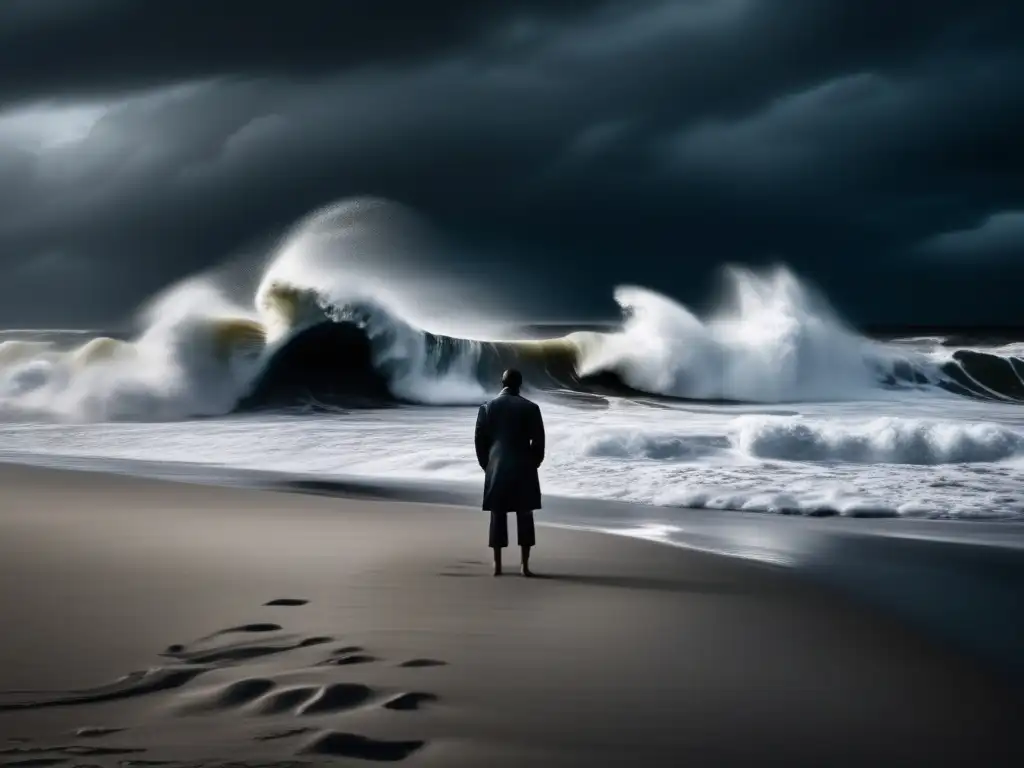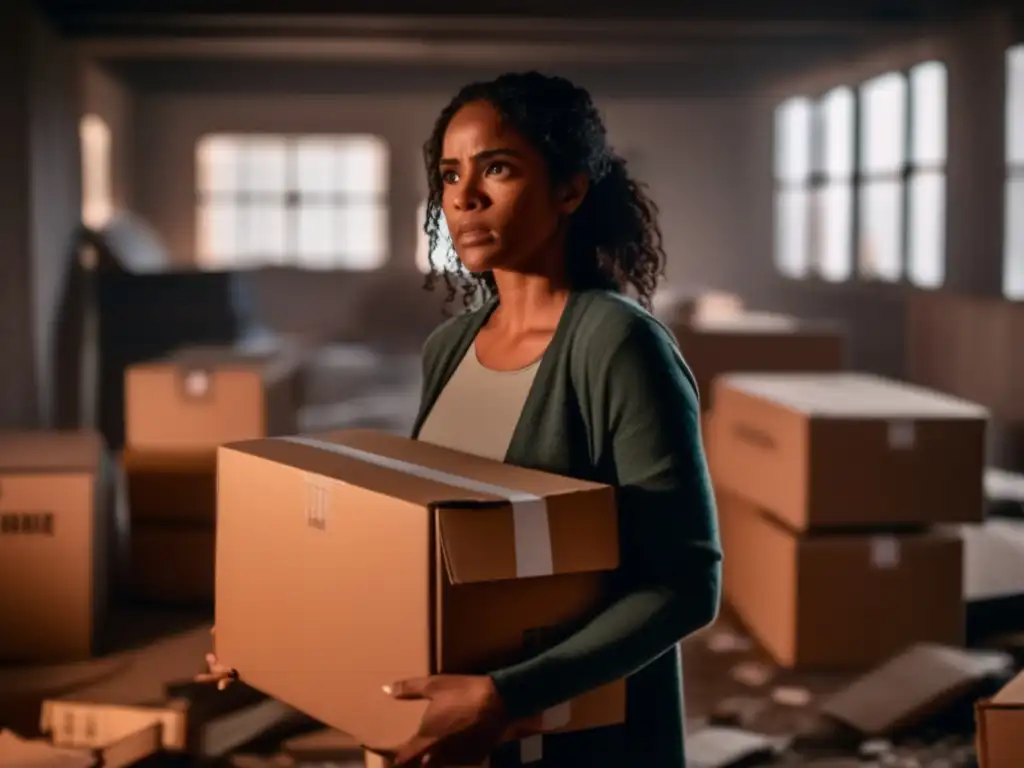Salvaging Your Belongings After A Hurricane

Salvaging Your Belongings After a Hurricane
Introduction
Hurricanes are one of the most destructive natural disasters that can cause significant damage to life and property. Strong winds and heavy rainfall can cause widespread flooding, power outages, and structural damage to homes and buildings. In the aftermath of a hurricane, it is critical to take immediate action to salvage your belongings and minimize further loss or damage. This article will guide you through the process of salvaging your belongings after a hurricane, including tips on safety, equipment needed, and specific steps to take for different types of items.
Safety Precautions

Conduct a Safety Assessment
Before entering your home or property, make sure it is safe to do so. Check for any downed power lines, gas leaks, or structural damage that could pose a danger or risk. If in doubt, seek professional assistance from a trained contractor or utility worker.
Wear Protective Gear
When entering flood-damaged areas, wear protective gear such as boots, gloves, goggles, N95 masks, and coveralls to safeguard against injury or infection. Rat bites, snake bites, or other injuries are serious and not uncommon after a hurricane, making protective clothing a must.
Beware of Mold
After a hurricane, mold can spread quickly in damp areas. It poses a severe health risk, particularly for those with asthma or allergies. To minimize mold growth, open windows and doors to increase ventilation and wipe down surfaces with a disinfectant solution. Wear a mask or respirator while cleaning and drying the affected area.
Steps for Different Types of Belongings

Electronics
Before handling any electronic equipment, turn off the power supply and unplug all electronics such as computers, televisions, and stereo systems. If the items are soaked, do not attempt to turn them on until they have been professionally inspected and deemed safe. Remove the batteries and store them in a separate location to prevent corrosion. Place the electronics in a dry area with good ventilation or use fans to circulate air around the items.
Furniture
Remove any debris or standing water from the furniture. Wipe down the surfaces with a disinfectant solution to prevent mold growth. If salvageable, keep the furniture in a well-ventilated area to dry out completely. Remove cushions and upholstery and air-dry them separately. Avoid exposing wooden furniture to direct sunlight or heat sources, as this can cause warping or splitting.
Clothing
Separate wet clothing from dry. If the clothes are extremely dirty, rinsing them in cold water can help remove debris before washing. Allow clothing to air-dry away from direct sunlight or heat sources. Avoid using dryers, as the high temperature can shrink or damage the fabric. For delicate items such as wool or silk, it is best to have them professionally cleaned.
Documents and Photos
Remove any debris or standing water from the documents and photos immediately. Gently rinse the papers in clean water, soil-free water if available. Air-dry the documents or photos by laying them flat on absorbent materials such as paper towels or clean cloth. Protect valuable documents or photos by placing them inside plastic sleeves or storage containers and storing them in a safe, dry location.
Artifacts and Collectibles
If you have valuable artifacts or collectibles, it is essential to handle them with care. Remove any debris or standing water from the items. Avoid cleaning or wiping them down, as this can cause further damage or decrease their value. Store the items in a dry, cool area with good ventilation. Consider consulting with a professional appraiser or restorer for specialized tips on preserving these items.
Frequently Asked Questions

-
How long does it take for mold to grow after a flood?
It only takes 24-48 hours for mold to begin growing in warm, damp environments. Therefore, it is essential to start cleaning and drying as soon as possible.
-
Can flood-damaged electronics be repaired?
In some cases, professionals can repair and restore electronic equipment that has suffered water damage. However, in many cases, it is more cost-effective to replace damaged electronics entirely.
-
What should I do if I notice structural damage to my property after a hurricane?
If you notice any significant structural damage to your property, evacuate immediately and contact a trained contractor or civil engineer to assess the damage. Do not attempt to enter a building that is at risk of collapse or that could pose a danger to you or others.
-
How can I prevent mold growth in my home after a hurricane?
To prevent mold growth, make sure your home is well-ventilated and dry. Use fans or dehumidifiers to reduce humidity levels. Clean and disinfect surfaces frequently, and avoid letting standing water accumulate anywhere in your home or property.
-
Are there any steps I can take in advance to prepare for a hurricane?
Yes, it is highly recommended to have an emergency preparedness kit on hand, including necessities such as food, water, medication, and first aid supplies. Keep important documents, such as insurance policies, in a waterproof container. Make a plan with your family or roommates for evacuating if necessary and designate a meeting point if you become separated.
Conclusion
Salvaging belongings after a hurricane can be a daunting task, but with proper equipment and safety precautions, it is possible to minimize further loss or damage. By following these simple steps for different types of belongings, you can effectively salvage your belongings and start the recovery process. Always prioritize safety and contact professional assistance when needed. It's crucial to understand the importance of preparedness before the next storm by considering critical items to ensure safety in the aftermath of a hurricane.
Additionally, we encourage you to share your thoughts and experiences below in the comments section. We value our community's input and engagement with Hurricane Insider and hope to continue providing valuable information to those living in hurricane-prone areas and beyond. Thank you for taking the time to read this article and stay safe.
Additional Resources

 When You Can't Go Back: Relocating After A Hurricane
When You Can't Go Back: Relocating After A Hurricane Rebuilding Stronger: Creating A More Resilient Home After A Hurricane
Rebuilding Stronger: Creating A More Resilient Home After A Hurricane Communicating With Loved Ones After A Hurricane
Communicating With Loved Ones After A HurricaneIf you want to discover more articles similar to Salvaging Your Belongings After A Hurricane, you can visit the Hurricane recovery: category.
Leave a Reply

Articulos relacionados: